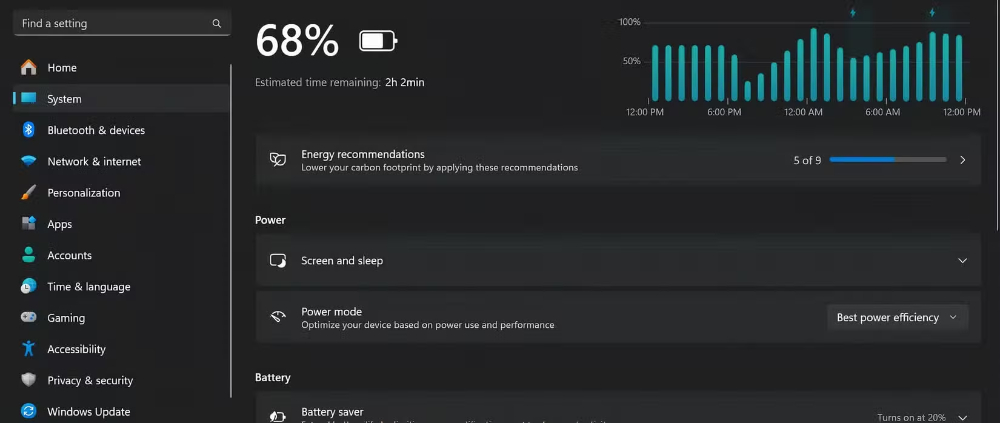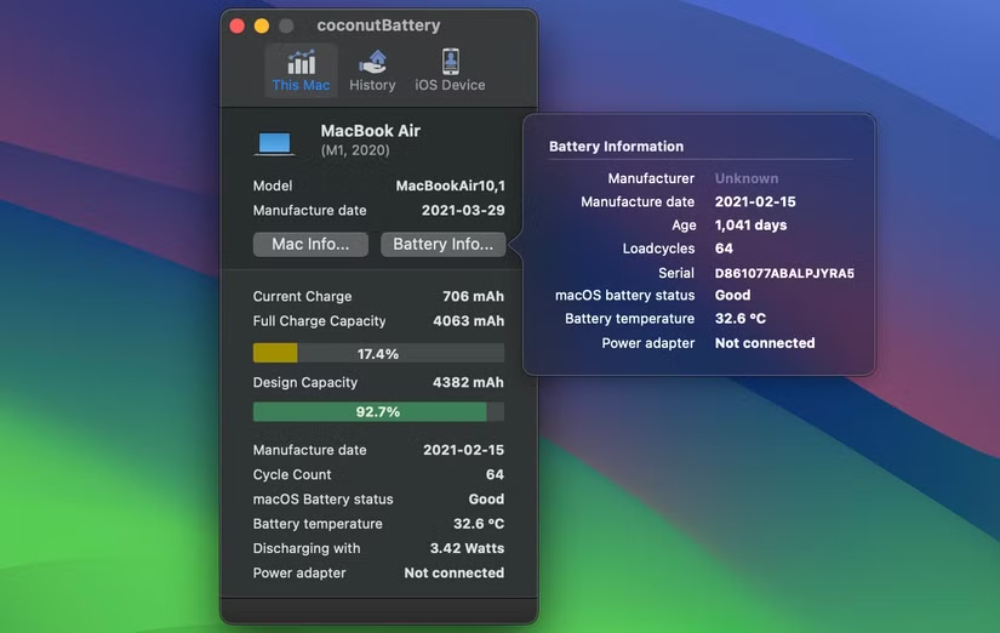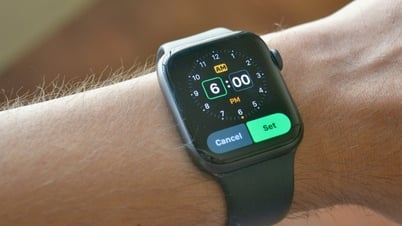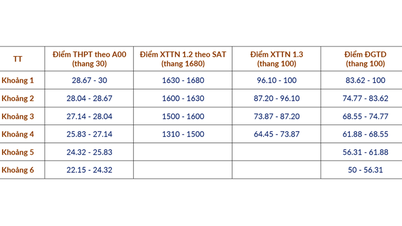This is frustrating, especially when you plan to use the device based on those numbers. Despite advances in technology, battery life estimates are often inaccurate for a number of reasons.
How to calculate remaining battery time
This estimate isn't a precise prediction, but rather a calculated number based on a combination of real-time power consumption and historical data. The device monitors how quickly the battery drains under specific conditions, such as streaming video or browsing the web. It then estimates the remaining time based on current activity and battery charge level.

Battery life estimates are for reference only.
For example, if a user is playing a power-hungry game, the device will assume that they will continue playing and make an estimate accordingly. However, this process is not perfect. Estimates can vary significantly because they rely on algorithms that cannot fully anticipate sudden changes in how a user uses the device.
Factors affecting battery estimates
Battery estimates on mobile devices are often a moving target that constantly changes based on many unpredictable factors. This leads to fluctuations in estimates that are often larger than users expect.
One of the main factors that affects battery life estimates is how the device is used. The device will predict battery life based on previous activities. For example, if a user is reading an article and then switches to watching a high-definition video, the power demand will spike, causing the battery estimate to drop rapidly.

Calculation of remaining battery life depends on user activity
In addition, background applications also contribute significantly to battery consumption. Applications such as social networks, location services or automatic software updates can drain the battery more than we think. To monitor these applications, users can use the battery monitoring tools available on the device.
Battery health is also an important factor. As batteries age, their ability to hold a charge decreases, leading to older devices often displaying inaccurate estimates. To maintain battery health, users can refer to battery maintenance tips for each type of device.
Temperature also affects battery performance, which doesn’t perform well if it’s too hot or too cold. High temperatures can temporarily reduce performance, while cold temperatures can cause the battery to drain faster. Sudden changes in environment can make it difficult for the device to maintain accurate battery estimates.
Finally, power-hungry features like GPS and high-refresh-rate displays also drain your battery. Turning these features on or off suddenly can cause your battery estimate to change significantly.
How to improve battery estimate reliability
While no device can give you a perfectly accurate battery estimate, there are steps you can take to improve the reliability of these numbers. First, maintain consistent usage habits. If you plan to use your device for specific tasks, let the battery stabilize during that activity before relying on the estimate.

There are several ways to improve the reliability of battery life estimates.
Managing your settings is also important. Reducing screen brightness, turning on battery saving mode, and closing unnecessary apps can help save power. Also, turn off features like GPS when not needed.
Users should also check the battery health regularly and avoid overheating or completely discharging the device. Regular software updates are also important, as updates often include optimizations to battery performance and the accuracy of estimates.
Source: https://thanhnien.vn/vi-sao-uoc-tinh-pin-tren-cac-thiet-bi-khong-bao-gio-chinh-xac-185241209184321441.htm



![[Photo] Prime Minister Pham Minh Chinh chairs the Government's special meeting on law-making in May](https://vphoto.vietnam.vn/thumb/1200x675/vietnam/resource/IMAGE/2025/5/22/1c880aae96fd4e0894abc47a46fe19ba)
![[Photo] General Secretary To Lam works with the Central Inspection Commission](https://vphoto.vietnam.vn/thumb/1200x675/vietnam/resource/IMAGE/2025/5/22/54820e91fd124c4cb691961718c4ee5d)
































































































Comment (0)